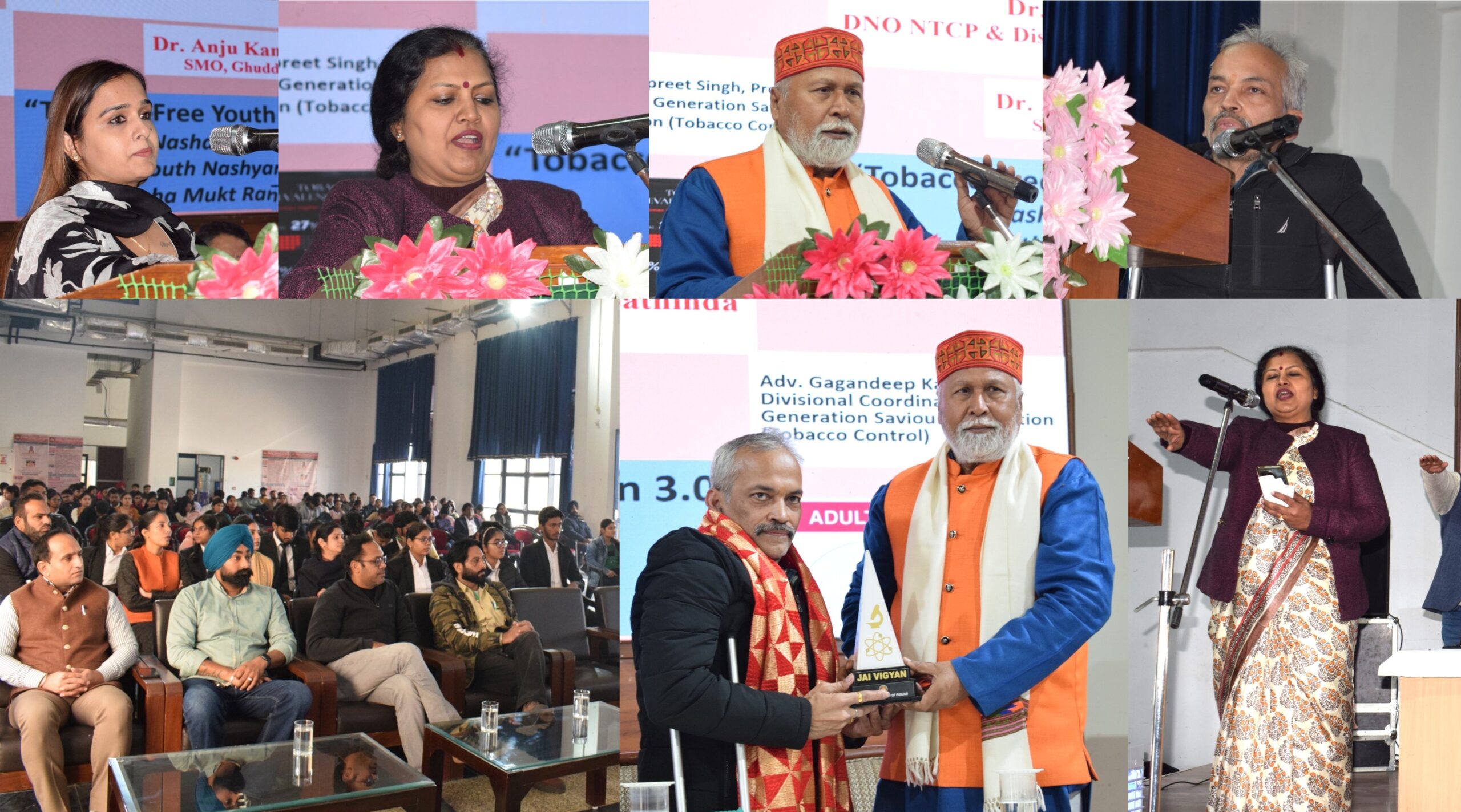Listen To This Post
Chandigarh: With back-to-back western disturbances hitting north-west India, the region is witnessing widespread rain and snowfall, leading to a remarkable post-monsoon surplus during the first week of October. But while the rains have boosted reservoir inflows, they have deepened the distress of farmers in Punjab and Haryana — many of whom are still recovering from this year’s devastating floods and waiting in mandis with paddy stocks that are yet to be procured.
In Himachal Pradesh, the rainfall this month has been 625 per cent above normal, with the state recording 25.7 mm between October 1 and 7 against the long period average (LPA) of just 0.9 mm. Solan was the wettest district at 38.8 mm, followed by Lahaul-Spiti (36.3 mm) and Kullu (24.9 mm). IMD data showed mean rainfall across Himachal was 2,753 per cent above LPA, with several higher reaches also witnessing early snowfall. Light rain and snow are expected to continue till October 9.
Punjab, too, has seen 727 per cent surplus rainfall this month — 20.7 mm against the LPA of 2.5 mm. Pathankot (24.3 mm), Mohali (18.1 mm), and Gurdaspur (12.2 mm) received the highest rainfall in the past 24 hours. Fazilka remained the only dry district. The untimely showers have caused fresh anxiety among farmers who fear that moisture in fields and mandi yards could damage harvested paddy and delay government procurement. Many are already struggling to recover from the crop losses and infrastructure damage caused by the July floods.
In Haryana, October rainfall so far has been 529 per cent above normal. Mahendragarh (33.4 mm), Yamunanagar (30.6 mm), and Palwal (28 mm) were among the wettest districts. The IMD forecasts that while isolated heavy spells continued on October 7, the weather is likely to turn dry across Punjab and Haryana from October 8 onward. Maximum temperatures have dropped sharply below normal due to the wet spell.
The rains are also influencing inflows into key northern reservoirs. The Pong Dam on the Beas, which saw unprecedented inflows in August–September, continues to be closely monitored. The Bhakra Dam on the Sutlej remains below its upper limit this year, providing a cushion for fresh inflows. Rainfall in the catchment zones has been extremely high — Kullu (721%), Mandi (492%), Kangra (496%), Kinnaur (686%), Shimla (514%), and Bilaspur (992%).
The Ravi’s catchment, feeding the Thein Dam in Punjab, has also recorded heavy rain across Kangra, Chamba, Pathankot, Gurdaspur, and Amritsar. While the wet spell could aid soil moisture for the upcoming Rabi season, it has come at a worrying time for paddy cultivators. The sight of soaked grain heaps in mandis and waterlogged fields has revived fears of losses, adding to the prolonged stress of farmers who have yet to recover from repeated weather shocks this year.













